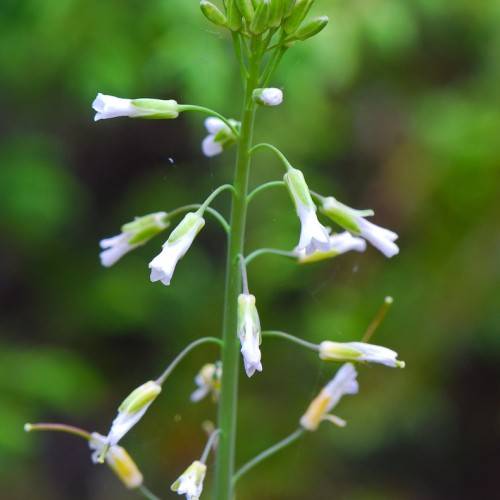
Graham's Rockcress
Boechera grahamii
Watering:
Minimal
Hardiness Zone:
Flowers:
Flowers
Sun:
full sun,part shade
Fruits:
Fruits Ready In Fall
Leaf:
Yes
Growth Rate:
Low
Drought Tolerant:
Yes
Salt Tolerant:
Yes
Care Level:
Medium
watering
This plant species requires regular water to keep it thriving. During the spring and summer months, sow water Spreadingpod Rockcress once per week, and ensure the soil is constantly moist but not soggy. During the summer months, it may require more frequent or heavier watering as the temperatures rise. During the fall and winter months, reduce watering frequency to every 10-14 days. The amount of water required should be enough to keep the soil moist, but not overly saturated.
sunlight
Spreadingpod Rockcress (Boechera divaricarpa) is best grown in full sun, receiving at least 6-8 hours of direct sunlight each day. If planted in partial shade, this species may struggle for adequate light and will not flower properly. Ideally, the plant should be exposed to sunlight from around 10am to 6pm each day. Any amount of direct sunlight during this period will be beneficial to promote flowering and growth.
pruning
When it comes to pruning Spreadingpod Rockcress (Boechera divaricarpa), the goal is to deadhead the spent flowers and remove any dead, damaged, or unruly branches after it blooms in the spring. To keep the plant looking tidy during its summer growth period, the best time to prune is a few weeks before it begins blooming – usually in late April or early May. When pruning, it is important to only remove 1-third of the plant’s total size to ensure it does not become too sparse or sparsely flowered. Always use clean, sharp pruning shears and make sure to sanitize them after each use to prevent pests and disease. Be sure to avoid cutting into the main branches of the plant and avoid overly aggressive pruning.
